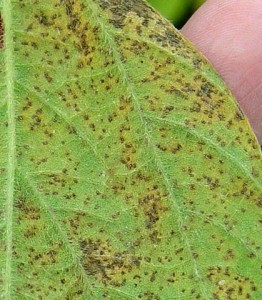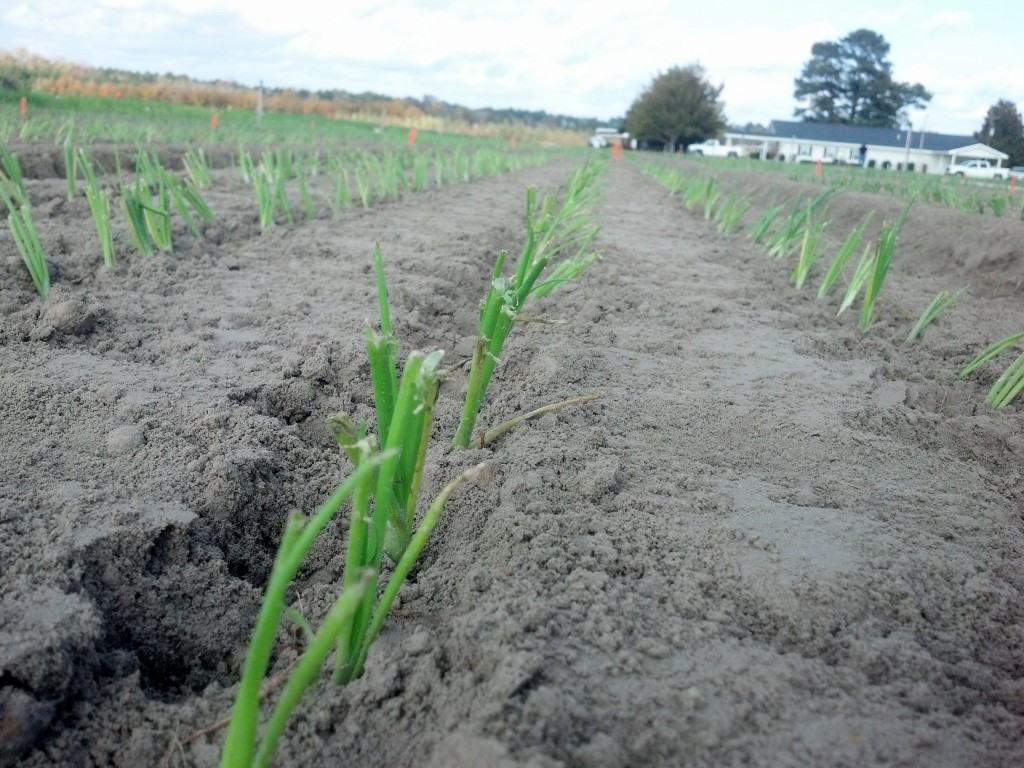Recent Posts
-

I was driving down Highway 121 today and noticed something growing on the side of the road. It had really bright yellow flowers and it looked like it had beans on it. It was not something I had noticed before so I stopped to take a look. As it turns out, this weed…
Posted in: Uncategorized -

We have been pod blasting and checking a lot of peanuts in the last couple of weeks. Very few folks in our area have started digging, but it should pick up a good bit in the next 2 weeks. Many of the peanuts around Tattnall County were planted in the 2nd and 3rd weeks of…
Posted in: Uncategorized -
As I have been out in the county I have seen some cotton fields that are not too far off from needing to be defoliated. In this post I will write about the University of Georgia recommendations for cotton-defoliation timing. Because cotton produces fruit indeterminately and not all at once we have to make some decisions…
Posted in: Cotton -

The University of Georgia has been monitoring for Asian Soybean Rust through a Soybean Sentinel Plot Program. Soybean plots have been planted throughout Georgia and are checked for soybean rust on a regular basis to monitor for the appearance and spread of soybean rust. Soybean rust has been found in several sentinel plots throughout Georgia.…
Posted in: Soybeans -
The deadline to enter the Southeast Hay contest is September 28, 2015. See the press release for more info on the contest. To see complete rules and registration for the contest visit the Southeast Hay Contest Web site.
Posted in: Uncategorized -

Well, its that time of year again. As we move into September, we start “hull scraping” peanuts to check for maturity. I like to start looking at peanuts on the maturity board once they get about 125 days of age. This is a good time to see how far along they are…
Posted in: Uncategorized -

Mark your calendars! UGA Extension and UGA’s Warnell School of Forestry are hosting a Regional Forestry Meeting for landowners, timber managers, and foresters on October 6th, 2015 right here in our own backyard! This meeting will be a great opportunity for anyone who has interests in forestry. We will be discussing forest management plans, forestry herbicide use, pine…
Posted in: Uncategorized
